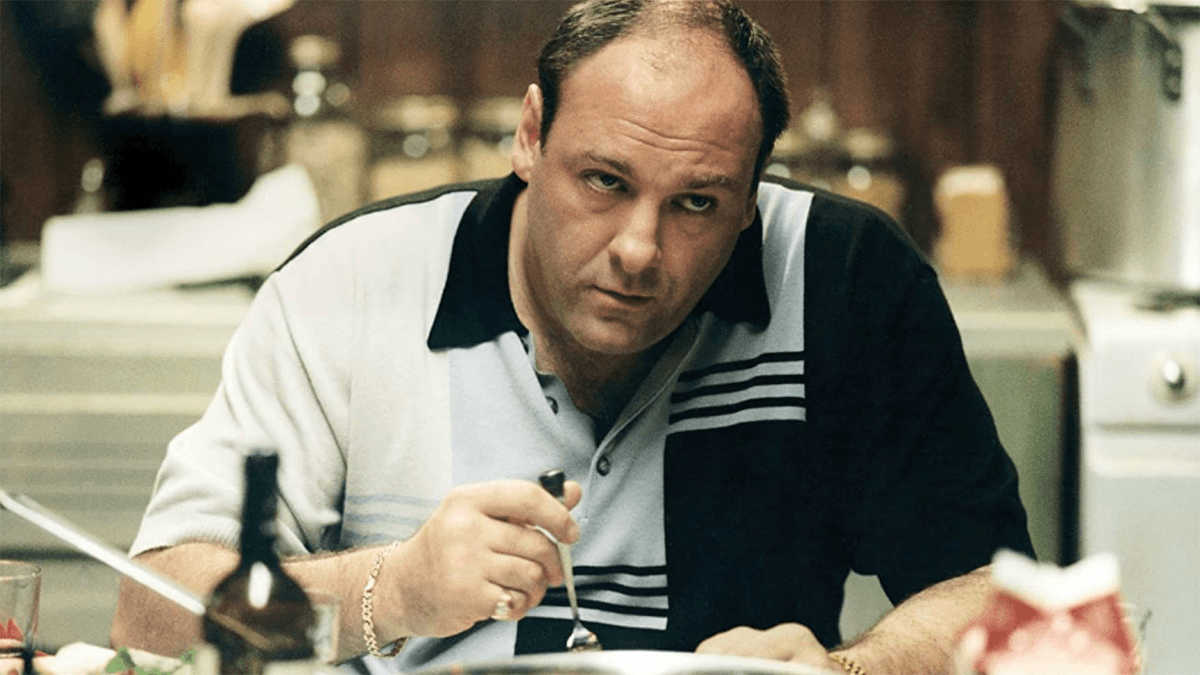The invisible gears of rap
Spike Lee built his career by exposing layers that often remain off the frame. Whether filming the racial tensions in Brooklyn in Do the Right Thing or showcasing the radicalization of black youth in Malcolm X, his cinema has always sought to reveal who, in fact, drives history.
The director's new project, Highest 2 Lowest, which looks at the behind-the-scenes of rap, fits into this same tradition, reminding us that culture is not only made by those on stage. The spectacle depends on invisible gears, figures that shape trajectories, create distribution systems, define visuals, and establish the rules of a game that many believe they dominate, but few actually control.
This lens allows us to revisit rap as a cultural architecture built by multiple hands. The stage is in front, but the structure that supports it is made by executives, designers, producers, and strategists who rarely receive the same recognition as the stars. Figures like Ghazi Shami, Steven Victor, and Virgil Abloh help us understand this circuit.
Each of them operates in a distinct field—technology and distribution, management and career strategy, aesthetics and image construction—but they all share the same role of giving shape to what would otherwise be only dispersed potential.
Ghazi Shami may be the most emblematic case of this transition from backstage to the center of the gears. Born in San Francisco to Palestinian immigrant parents, he grew up between music and technology, two areas that initially seem parallel, but in his journey merged. He worked as a sound engineer in local studios but also in technology companies like Sun Microsystems. This hybridism was the foundation for creating, in 2010, Empire, a digital distributor that structurally changed the logic of independent music.

Unlike the majors, which demanded long contracts and perpetual rights, Empire offered flexible agreements, royalty transparency, and, above all, agility. In an era when virality on YouTube or SoundCloud could transform an unknown into a global phenomenon in a matter of days, Shami understood that speed was more valuable than bureaucracy. This is how artists like Kendrick Lamar early in his career, Young Dolph, XXXTentacion, and Rod Wave found a platform at Empire to establish their names.
If Ghazi represents the invisible structure, Steven Victor embodies the figure of the strategist. Born in Brooklyn in 1980, he graduated from Morehouse College, but it was at Interscope Records that he began the ascent that would lead him to become one of the most influential executives in contemporary rap. First as a publicity assistant, then as A&R, Victor learned to balance the corporate logic of the majors with the sensitivity needed to identify and cultivate talent. His name is mainly linked to Pusha T, whom he managed with meticulous attention, and Pop Smoke, whose meteoric rise in New York drill had Victor as one of the main architects.
In 2016, he founded Victor Victor Worldwide, a label that served as a space for autonomy within large structures, but at the same time took on significant roles at Universal and Def Jam. His skill was precisely to inhabit two dimensions simultaneously—to support the artist in daily life while also negotiating agreements and long-term strategies at board meetings.

Virgil Abloh's case operates on another level. Unlike Shami and Victor, who work in infrastructure and management fields, Abloh created a visual grammar that gave face to contemporary rap. Studying as an architect and civil engineer, he became globally known for Off-White and later for assuming the creative direction of Louis Vuitton Menswear in 2018.
But his role in rap culture began long before, during the years he worked as Kanye West's right hand, designing tour stages, album covers, and collaborations that expanded the limits of musical aesthetics. For Abloh, design was a language that allowed for remixing the cultural side, transforming banal symbols into art and art into consumer products. His logic of appropriation and recontextualization was applied to sneakers, covers, clips, and fashion shows, creating a bridge between fashion and what was created in the everyday street.

But the backstage of rap is larger than these three names. Anthony "Top Dawg" Tiffith built TDE as a fortress of creative autonomy in Los Angeles, ensuring Kendrick Lamar and SZA stable careers inside and outside the mainstream. Lyor Cohen, a controversial figure, elevated Def Jam to another level in the 90s and later migrated to YouTube Music, changing the way rap circulates digitally.
Kevin "Coach K" Lee and Pierre "P" Thomas of Quality Control created a business structure that shaped the rise of Migos and Lil Baby in Atlanta, understanding before many the power of streaming and trap as a blank canvas to transform their artists through the development of their images.
These names do not frequently appear on magazine covers, but they form the foundation of a culture that continues to expand. If rap is today the largest musical language on the planet, it is because there were those who took care of the engineering behind the stage, distribution systems, adapted contracts, independent labels with a global logic, and designers who transformed street aesthetics into runway.
In Brazil, the invisible gears were also essential to support the growth of rap and other genres of peripheral music. The trajectory of Racionais MC's, for example, was only possible because there was a structural care that went beyond microphones. Eliane Dias, a lawyer and entrepreneur, was a central figure in this process. Working in the management of Racionais and other artists in the scene, she managed to establish solid foundations for the group to maintain its autonomy in a market historically hostile to black music.

Her work ensured fairer contracts, international circulation, and an administrative care that became a reference. In parallel, names like KondZilla built platforms that took funk to another level, transforming music videos into a tool for global reach. These are examples of how the backstage logic is also decisive in Brazilian music, ensuring that the power of the streets could project beyond local limits.
In Brazil, this mechanism was also essential. When talking about Racionais MC's, for instance, we must remember Eliane Dias, a lawyer and entrepreneur, a central figure in establishing solid foundations for the group to maintain its autonomy in a market historically hostile to black music.
But there is a question that remains open. If these figures managed to alter structures and aesthetics, how much of this movement was reverted to collective benefit? Ghazi built a company that multiplied opportunities, but it is still debated whether digital contracts are truly fair in the long run.
Steven Victor helped transform Pop Smoke into a global symbol, but he also had to deal with the fragility of a system that could not protect the artist from a tragic fate. Virgil Abloh, celebrated for uniting worlds, died at 41, leaving the feeling that part of his work was interrupted before reaching all the potential it could have.
The backstage, therefore, is a space open to contradictions, where the same hands that build careers must continually negotiate with a market that extracts faster than it gives back. Spike Lee's film thus serves as provocation. It does not only stay in showing the space behind the curtain but in understanding how both spaces are interlinked in the same cultural process.
See others like this





